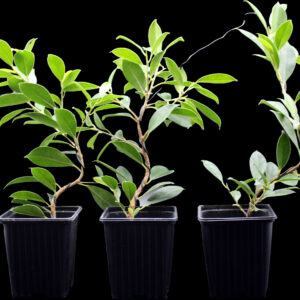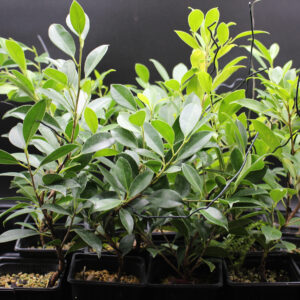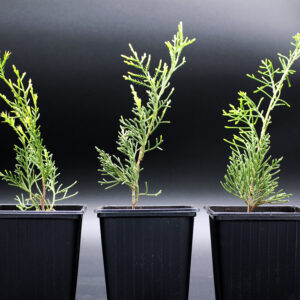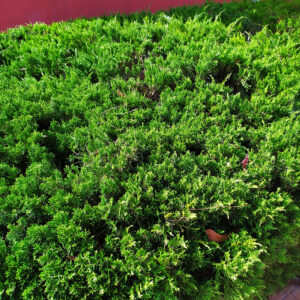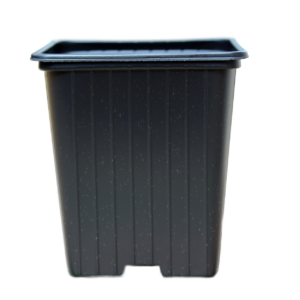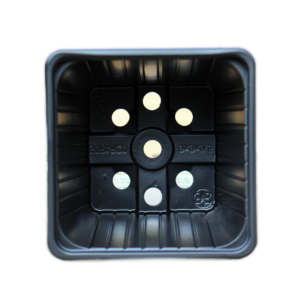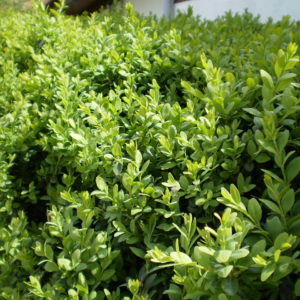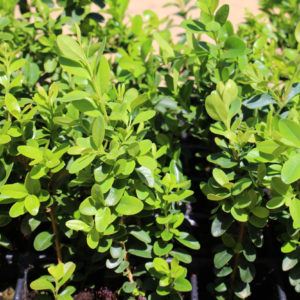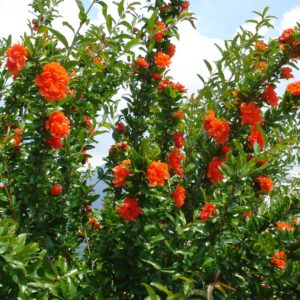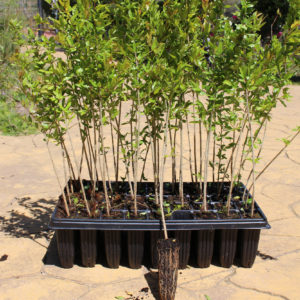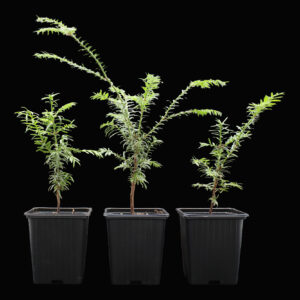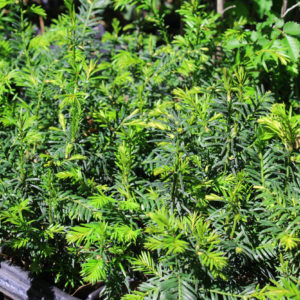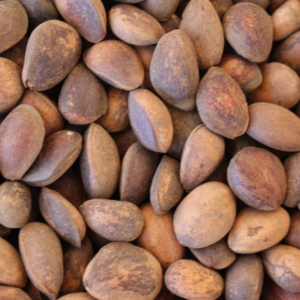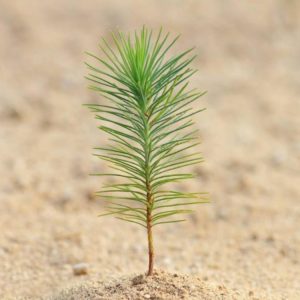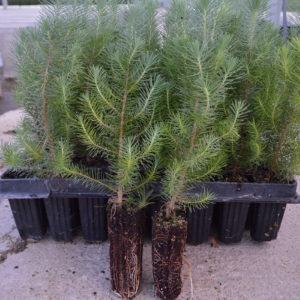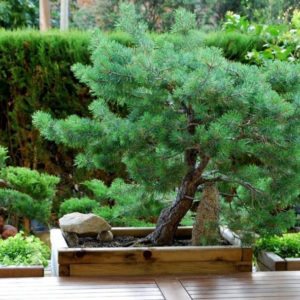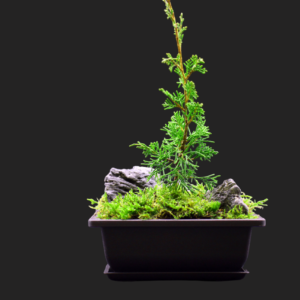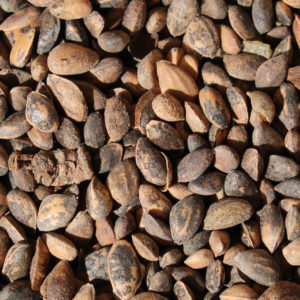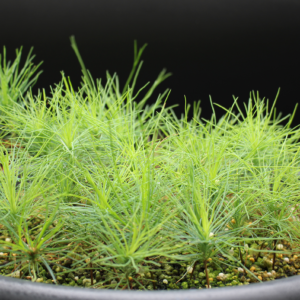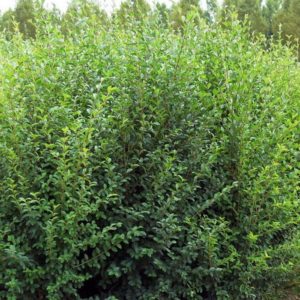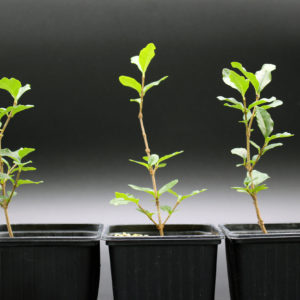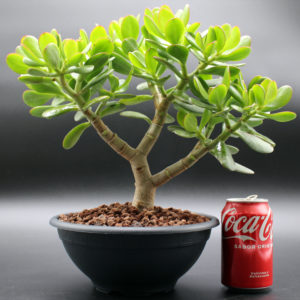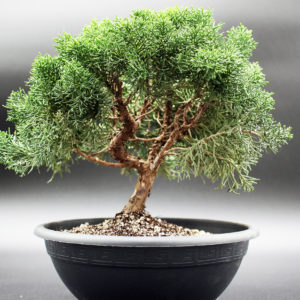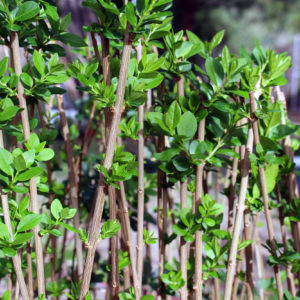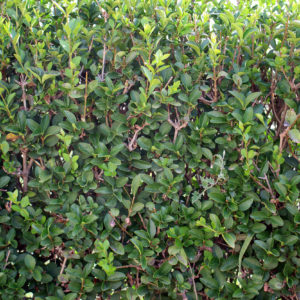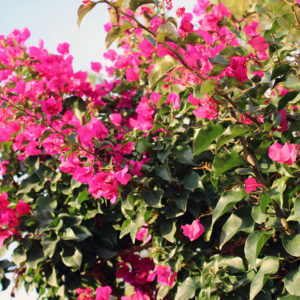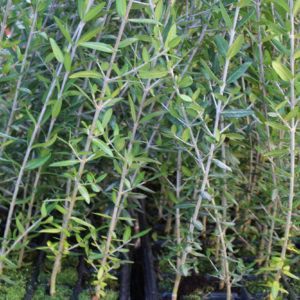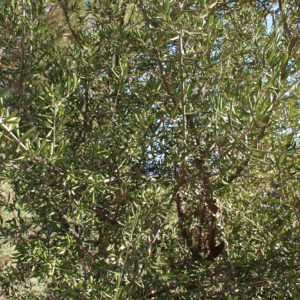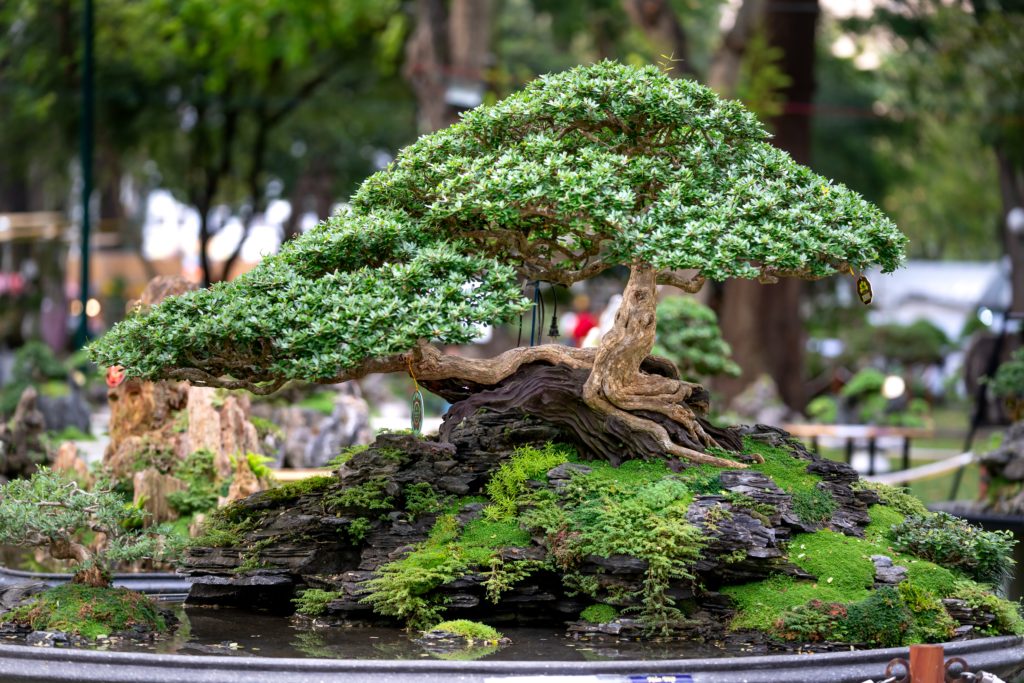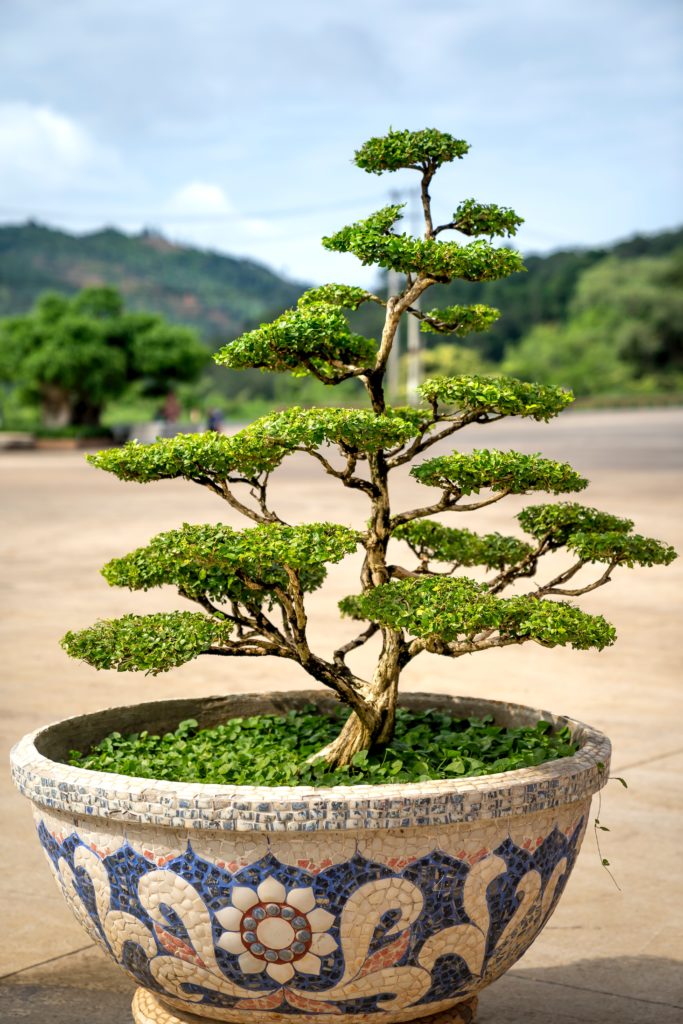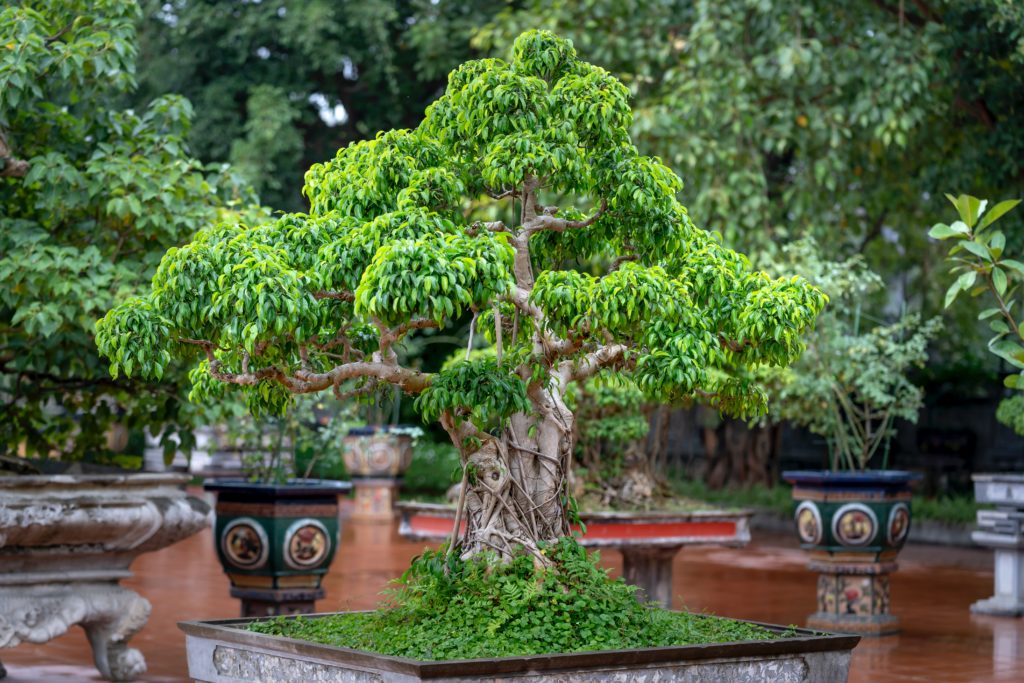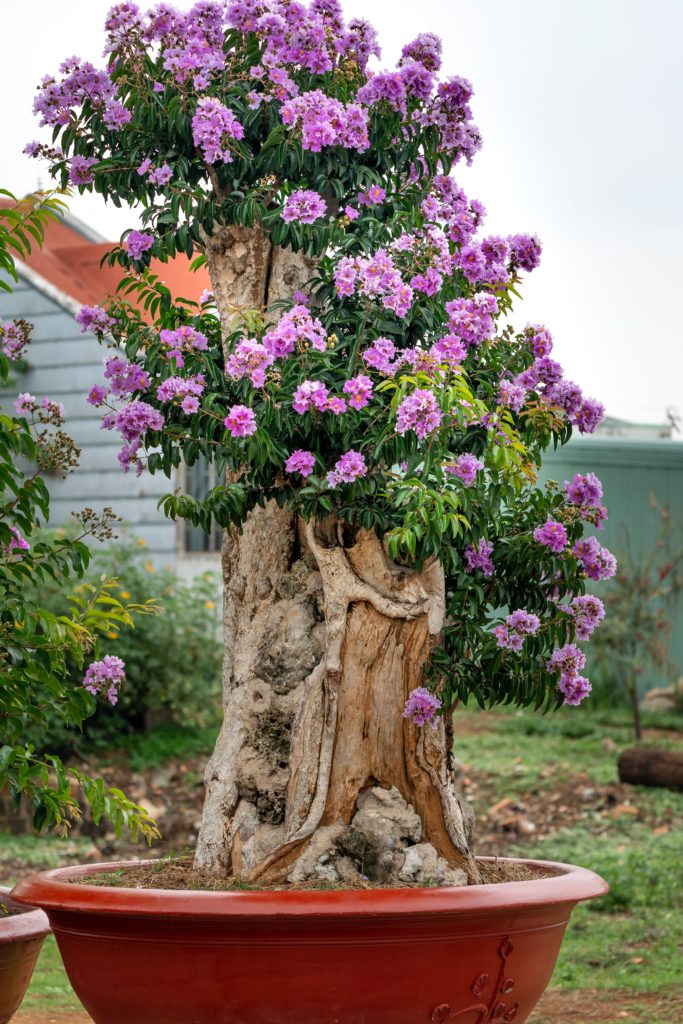Bonsai / Pre Bonsai / Starter Material
-
Select options This product has multiple variants. The options may be chosen on the product page
Ficus ‘Tiger Bark’
€ 9,90 -
Select options This product has multiple variants. The options may be chosen on the product page
Juniperus Chinensis Sargentii (Chinese Sargent Juniper)
€ 4,90 – € 9,90 -
Select options This product has multiple variants. The options may be chosen on the product page
Buxus sempervirens (Boxwood)
€ 2,49 – € 4,90 -
Select options This product has multiple variants. The options may be chosen on the product page
Taxus Baccata (European Yew)
€ 2,49 – € 4,90 -
Select options This product has multiple variants. The options may be chosen on the product page
Japanese white pine seeds (Pinus Parviflora)
€ 9,90 – € 49,90 -
Select options This product has multiple variants. The options may be chosen on the product page
Italien Stone Pine, Pinus Pinea
€ 2,49 -
Select options This product has multiple variants. The options may be chosen on the product page
Juniperus Chinensis Itoigawa Bonsai Mini Landscape
€ 39,90 -
Select options This product has multiple variants. The options may be chosen on the product page
Japanese black pine seeds (Pinus Thunbergii)
€ 9,90 – € 49,90 -
Select options This product has multiple variants. The options may be chosen on the product page
Ligustrum Sinense (Chinese privet)
€ 2,49 -
Select options This product has multiple variants. The options may be chosen on the product page
Crassula Ovata Bonsai – (Jade Plant)
€ 49,90 -
Select options This product has multiple variants. The options may be chosen on the product page
Bougainvillea
€ 4,90
The word “Bon-Sai” is of Japanese origin and literally means “tree in a bowl”. This art form originated in the ancient Chinese gardening practice and developed partly under the influence of Japanese Zen Buddhism.
The art of bonsai has been known for over a thousand years. The aim of bonsai design is to create a miniaturised but realistic image of nature in the form of a tree. Bonsai are not genetically dwarf plants. In fact, any tree species can be used to create a bonsai.
Techniques such as pinching, pruning and wiring of branches, as well as moderate fertilisation, are used to limit growth and keep it on a healthy track. Bonsai are usually kept below one metre in height, but they are not genetic dwarfs. Plants with smaller leaves make it easier to obtain a nice overall appearance. However, any plant species that forms a woody stem or trunk, as well as suitable branches, and has small or tiny leaves, can be successfully developed into a bonsai if kept in a container that limits root space and nutrient supply.
Look at the trees, shrubs, hedges and bushes in your garden or park, in the nursery or in the wild: almost all of them can be starting material. Carefully collected during the favourable growing or resting season, with the appropriate permission of course, the path to your future creation begins. Most native plants can be kept outdoors, while material from tropical climates will at least need protection from the elements if kept in our temperate latitudes.
Bonsai is a blend of horticultural knowledge and art. As experience with a particular species of tree increases, caring for the health and life of the tree becomes routine and greater attention can be paid to design goals. The best designs, the ideal ones, the masterful ones, appear natural, uncontrived and unfussy. They don’t pay direct homage to the artist, they don’t flaunt their quirks (or shortcomings). Read more about the designs in the article on basic bonsai shapes ….
Bonsai or pre bonsai can be challenging in terms of horticultural knowledge, artistic aesthetics and design skills, commitment of time and money, as well as issues of space and presentation. Bonsai can actually be much more than just “miniature Japanese trees”. They can be as cheap as seedlings picked at random from one’s own garden in plastic pots, but also as expensive as a prize specimen imported from abroad and placed in an antique bowl. The breadth of this hobby or art is one of the charming aspects of bonsai.
The pots of these trees can be an area of interest in their own right. Traditionally made in China and Japan, these shallow bowls are usually made of fired stoneware and are increasingly being made by professional craftsmen and hobbyists around the world. Choosing a suitable bowl for a designed tree can be a wonderful task, as the bowl has to support the tree, as an attractive but not obtrusive frame for the bonsai image. Sober colours and discreet decorations often distinguish traditional Japanese bowls from Chinese models. Bowls for cascading forms are the only exception to the rule that bonsai bowls are shallow: these tall, narrow pots should provide sufficient space for the roots and a balanced centre of gravity for a tree whose design symbolises a form hanging from a mountain or a cliff.
Xedoo Bonsai Raw Starter Material
What is bonsai raw Starter material?
Young plants / Seedlings / Starter Trees
Bonsai raw material is approximately young plants and seedlings that are formed into a respectable bonsai over time. Considering the rate of growth of most plants, this is a process that can take many years. Pruning must be done every year to achieve the desired bonsai shape. The plant also needs to be rewired each year to keep the branches in position. The plant also needs a good substrate and regular fertilization to develop vigorously and form the thickest trunk possible.
Yamadori
Yamadori are mostly older plants that can be taken from the wild and ideally already have a bonsai-like shape and a well-developed thick trunk.
Xedoo.com offers mostly young plants from the Mediterranean region, such as Pinus Pinea, Pinus Halepensis, Abies Pinsapo, Ceratonia siliqua but also Chamaecyparis obtusa nana gracilis, Juniperus chinensis, Juniperus chinensis itoigawa, Juniperus chinensis stricta, Juniperus chinensis spartan, Juniperus chinensis blaauw, Pinus thunbergii, Pinus parviflora and Pinus pentaphylla.
